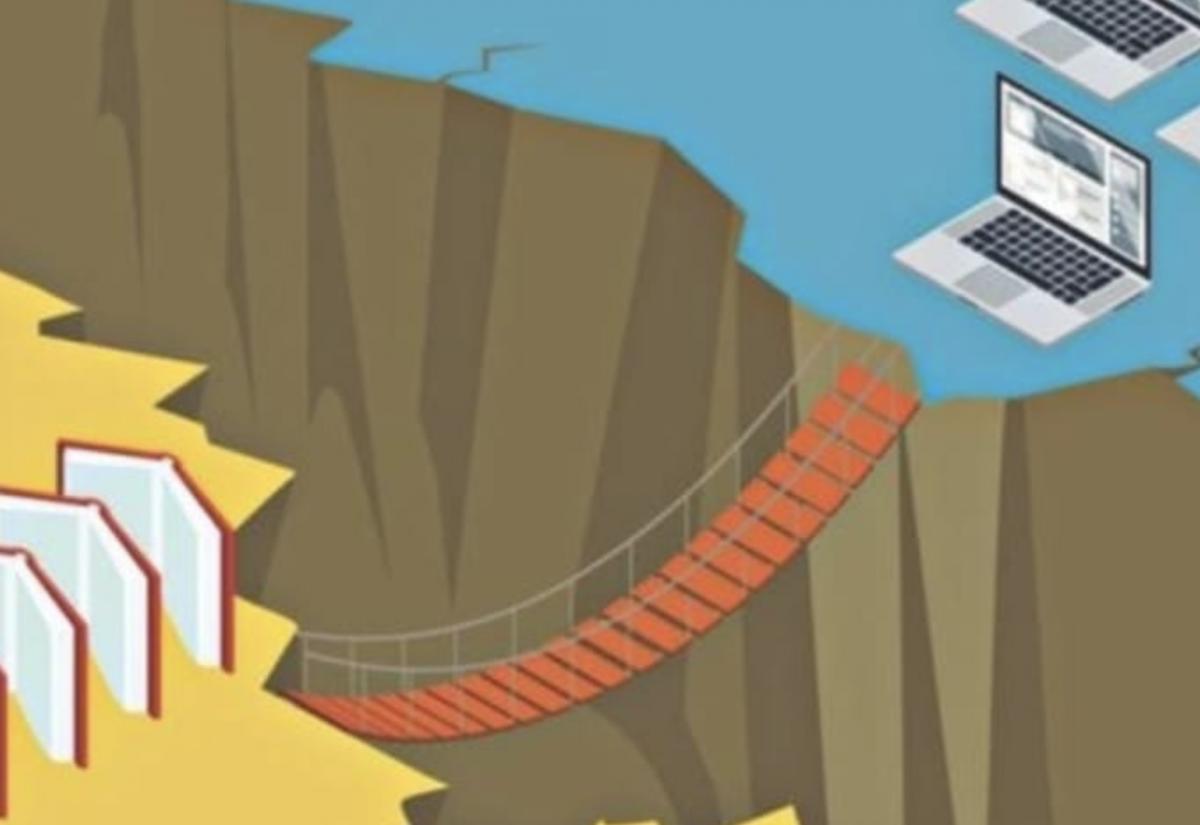A new report by the Community Development Network of Maryland, funded and published by the Abell foundation, documents the extent to which households in the state lack access to high-speed internet services or to the digital tools (computer, laptops) to make effective use of such services. Statewide, some 520,000 households—nearly one in four—do not have such services, either because none are available where they live or because they can’t afford them. About 390,000 households—about 18 percent—do not own a computer or a laptop.
The digital divide is even wider on the Eastern Shore: more than one in three households (36 percent) lack high-speed internet services (delivered over cable or fiber), and 23 percent of households lack either a computer or a laptop. The data show that lack of access is highest among low-income households and is also higher in minority households. The report also says that the gap in technology adoption affects many seniors, especially those over the age of 75.
Now, imagine that you want to get the covid vaccine as soon as possible, now that Governor Hogan has declared Stage 1-B for Maryland. But in most counties on the upper eastern shore, the only way to sign up for an appointment to get the vaccine is over the internet. That means many of the most vulnerable eastern shore citizens (older seniors, Afro-Americans) have no easy way to sign up and are likely to be left behind.
Or suppose that a loved one was diagnosed with symptoms of kidney failure or some other chronic (and deadly) disease, and you needed to see a relevant medical specialist—but found that those doctors were only doing telemedicine visit—something you could not do.
Also imagine that you have school-age children who must try to learn virtually, until schools reopen, but that you either lack internet access at home or don’t have the tools (computers, laptops, tablets) for them to do so. Driving your kids to someplace where they can get WiFi access from the car is not really a viable solution, even though that is what many families do.
So the digital divide is not some abstract problem. It hurts a large number of households on the eastern shore—one is three—in real ways. Both counties and the state have plans to address the problem. The Abell report mentions both accelerated network buildout of internet connections, but also tackling affordability through direct subsidies. Perhaps it’s time to kick those plans into high gear.
Al Hammond was trained as a scientist (Stanford, Harvard) but became a distinguished science journalist, reporting for Science (a leading scientific journal) and many other technical and popular magazines and on a daily radio program for CBS. He subsequently founded and served as editor-in-chief for 4 national science-related publications as well as editor-in-chief for the United Nation’s bi-annual environmental report. More recently, he has written, edited, or contributed to many national assessments of scientific research for federal science agencies. Dr. Hammond makes his home in Chestertown on Maryland’s Eastern Shore.



